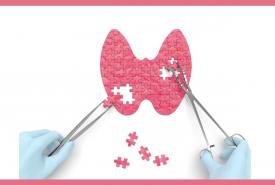About Authors:
Kambham Venkateswarlu1*, N.Devanna2, C.Vanajakshi3, Kottamasi Vijaya Bhaskar4
1M.Pharm Scholar, Department Of Pharmaceutics,
2Director Of Jntua-Otri,
3M.Pharm Scholar, Department Of Pharmaceutics,
4M.Pharm Scholar, Department Of Pharmacology,
JNTUA-Oil Technological Research Institute,
Beside Collector Office, Anantapur, Anantapur District, Andhra Pradesh, India. Pin Code: 515001
k.v.reddy9441701016@gmail.com
Abstract:
This review gives the information about what are the causes, symptoms and treatment of atherosclerosis. Atherosclerosis or arteriosclerosis is a slow and progressive building up of plaque, fatty substances, cholesterol, cellular waste products, calcium and fibrin in the inner lining of an artery. This building up of plaque may lead to thickening of the arteries, subsequently blocking the blood flow either partially of totally in an artery.


 About Authors:
About Authors: 

 About Authors:
About Authors: 







.png)


